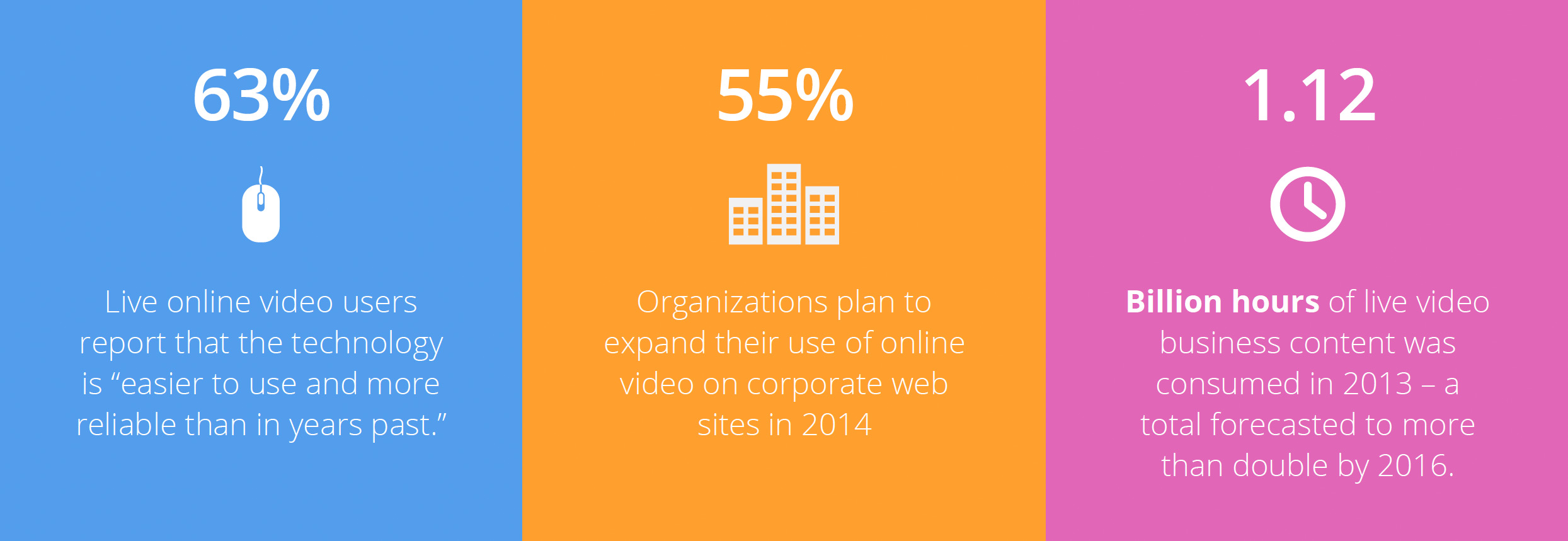
There are many jobs that didn’t exist a decade ago. Chief listening officer, social media manager and app developer were all unknown titles until recently. Streaming video jobs are another set to add to that list.
As the use of streaming video grows, more brands need a dedicated full-time employee to oversee its production. At the time of composing this article, job search sites Indeed, PBS Digital Studios and Allstate were all looking for video streaming specialists.
So what’s contributing to the position’s rise? As Business Insider noted, “While the concept of live streaming has been around for years, mobile-first video platforms with user-generated content have just recently begun to make serious waves thanks to improved video quality, faster broadband speeds, and enhanced mobile technology.” This increase in live streaming also has a trickle down effect for video on-demand as well. In fact, 19% of organizations are adding 25 hours of video content or more to their corporate libraries each month. This is in 2013, according to a joint IBM and Wainhouse Research report.
As the need for this role grows, workers who are adept at video production and can keep a cool head when the inevitable disruptions occur during live events will find a new outlet for their talents. Video integration into social and business platforms continue to fuel the growth of this industry, meaning the long-term outlook for such streaming video jobs is solid.





